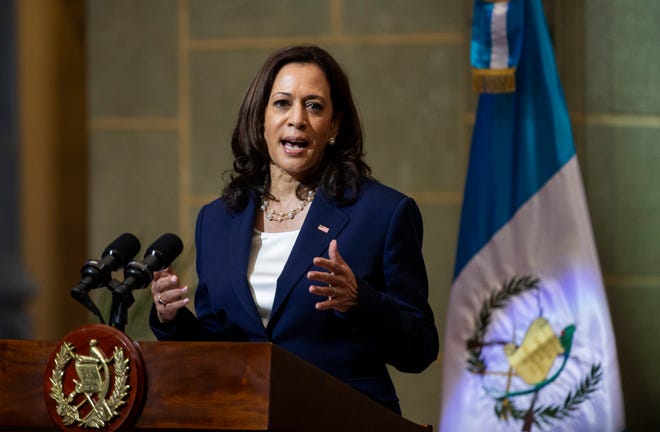Start Total Christian Certification Course Now
Introduction: The Fierce Battle for the Blue Wall States
As the 2024 U.S. Presidential Election heats up, former President Donald Trump and Vice President Kamala Harris are locked in a fierce battle for control of the Blue Wall states—Pennsylvania, Michigan, and Wisconsin. These swing states, which were pivotal in past elections, are once again at the center of the political landscape. Both campaigns are pulling out all the stops in a high-stakes race that could determine the next President of the United States.
A Shifting Political Landscape
The political landscape has shifted dramatically since the last presidential election. Following a surprising series of events, including an early general election debate and the unprecedented withdrawal of sitting President Joe Biden from the race, the contest between Trump and Harris is now in full swing. Harris has positioned herself as a forward-thinking leader, while Trump is doubling down on his populist message, particularly in the Rust Belt.
Trump, joined by his running mate, Ohio Senator JD Vance, has been making a strong push in Pennsylvania, Michigan, and Wisconsin. Meanwhile, Harris, alongside her vice-presidential pick, Minnesota Governor Tim Walz, is focusing on the same states, emphasizing her appeal to working-class voters and her commitment to economic issues.
Key Issues: Trade, Immigration, and the Economy
The campaigns are targeting the Blue Wall states with tailored messages that resonate with the local electorate. For Trump, the focus is on trade protectionism and the promise to restore manufacturing jobs, particularly in Michigan. He has been critical of the Biden-Harris administration’s push for electric vehicles, arguing that it threatens the traditional auto industry. During a rally at a Michigan steel plant, Trump vowed to bring back auto workers’ jobs, a message that echoes his 2016 campaign rhetoric.
On the other hand, Harris is emphasizing her economic policies, including her support for unions and her plans to combat price-gouging and expand middle-class tax credits. Harris has also highlighted her role in passing legislation that aims to reduce prescription drug prices, positioning herself as a champion of the working class.
The Importance of the Blue Wall
The Blue Wall states have historically been Democratic strongholds, but Trump broke through in 2016, winning these states and securing his path to the presidency. In 2020, Biden managed to reclaim them, and now Harris is fighting to keep them in the Democratic column. Polls show a tight race, with Harris holding a slight lead in all three Rust Belt states but trailing or tied in southern battlegrounds like Georgia and North Carolina.
Both campaigns recognize the importance of the Blue Wall. Pennsylvania, with its 19 electoral votes, is seen as a must-win for both sides. Trump and Vance’s recent visits to the state highlight its significance, while Harris has made multiple trips there, often accompanied by high-profile surrogates like former President Biden and Governor Walz.
Strategic Moves: Ground Game and Voter Outreach
The ground game is crucial in these final weeks of the campaign. Harris’ team has invested heavily in voter outreach, with over 312 offices and 2,000 staffers in battleground states. The campaign has also reserved $370 million in TV and digital ads post-Labor Day, signaling their commitment to an aggressive push in the closing days.
Trump’s campaign, while not as heavily staffed, is relying on a network of volunteers and outside conservative groups to drive voter turnout. The campaign has trained 21,000 “Trump Force 47 Captains” to lead grassroots efforts in key states. Despite being outspent, Trump’s team believes their focus on the Blue Wall and their targeted messaging will pay off.
Looking Ahead: The Path to Victory
As both campaigns prepare for their first debate on September 10, the outcome of this election remains uncertain. The Blue Wall states are critical to both candidates’ paths to victory, and how they perform in these states could determine the election’s outcome. Harris’ lead in the Rust Belt gives her a slight edge, but Trump’s strong showing in the southern battlegrounds and his appeal to working-class voters make this a contest that could go either way.
With early voting starting soon in several states, both campaigns are shifting their focus from voter registration to voter persuasion and turnout. The next few weeks will be crucial as Trump and Harris make their final appeals to the American people.














